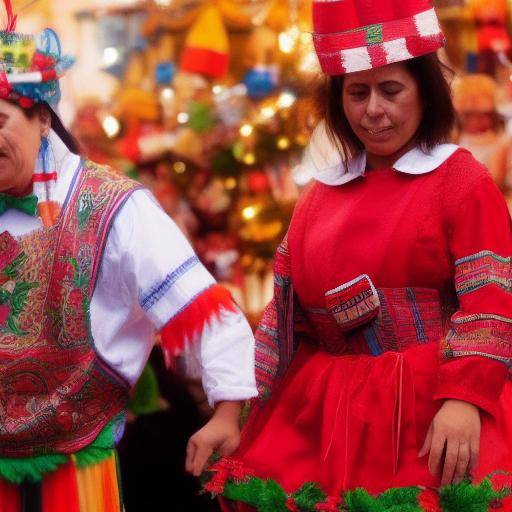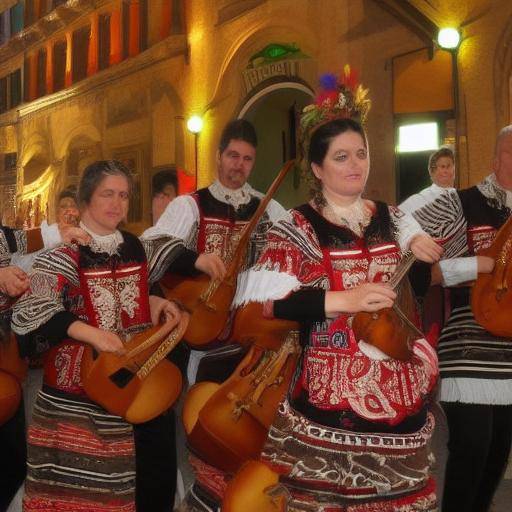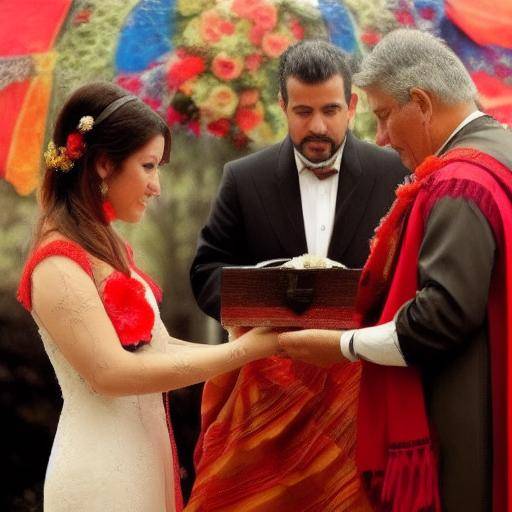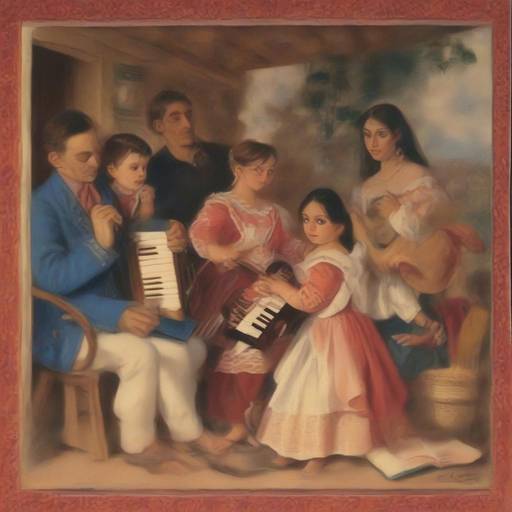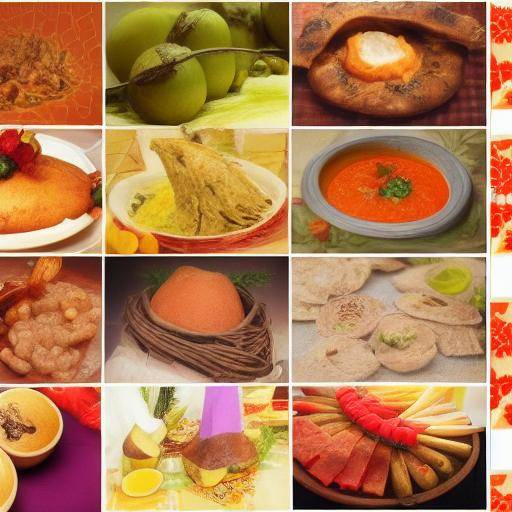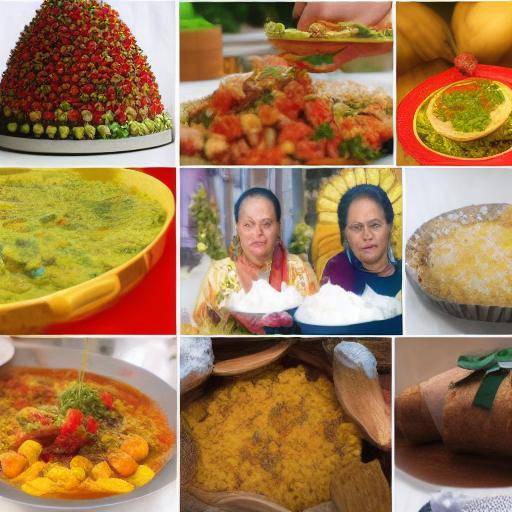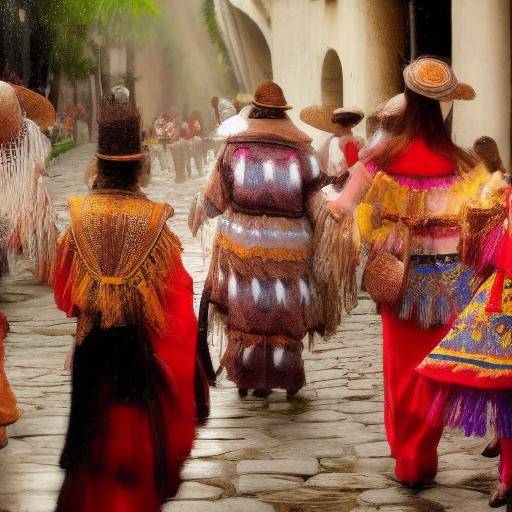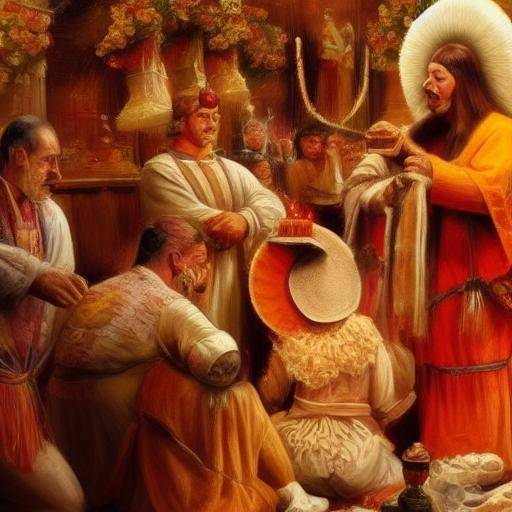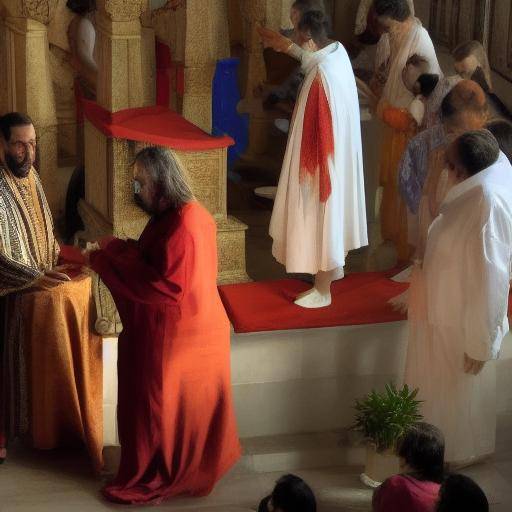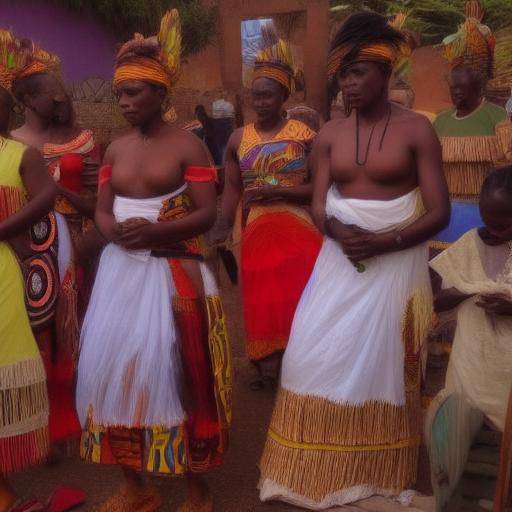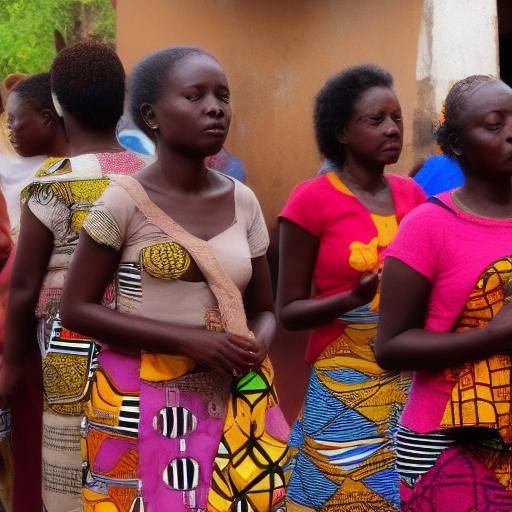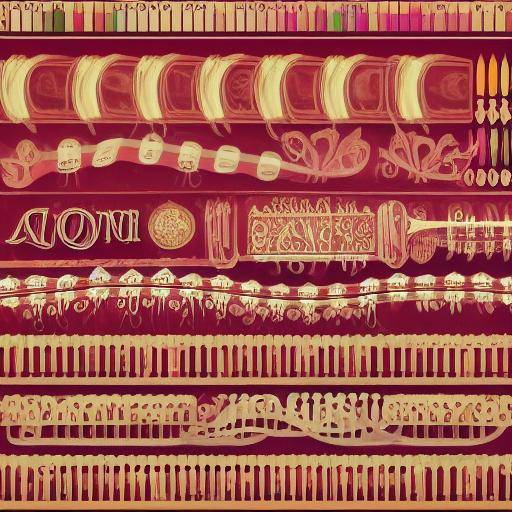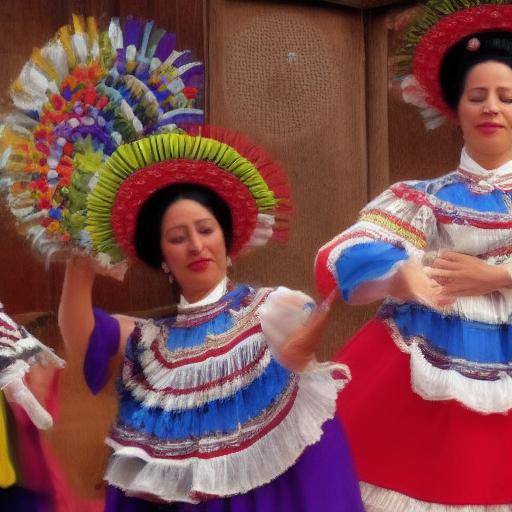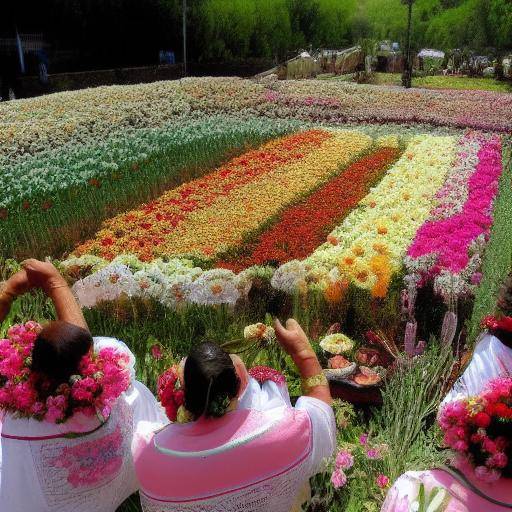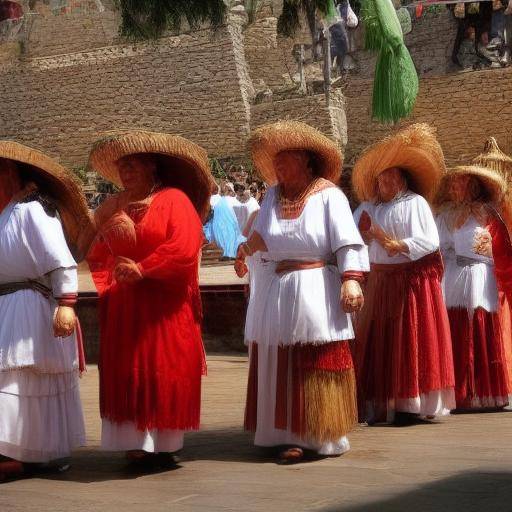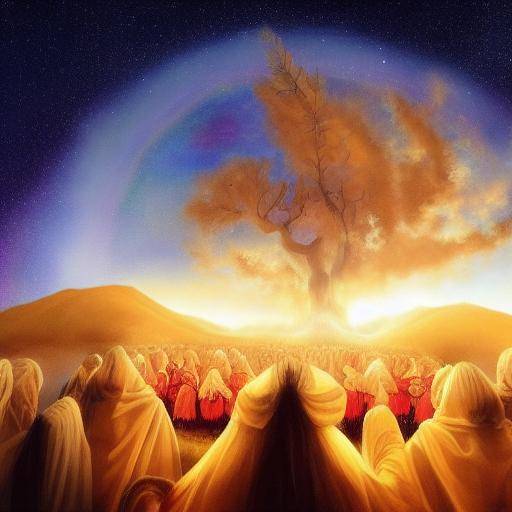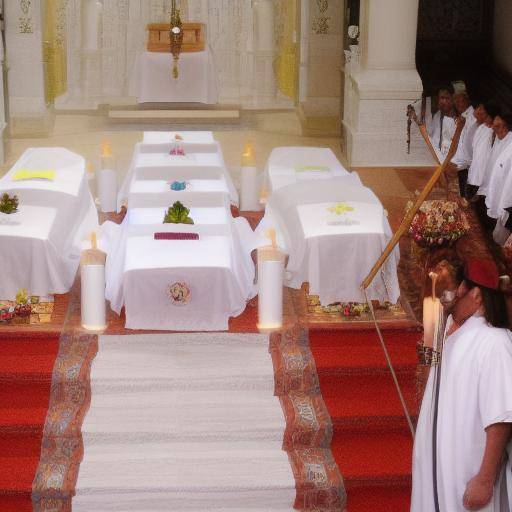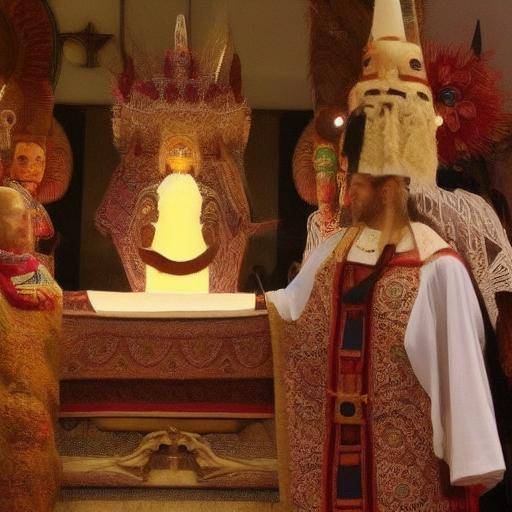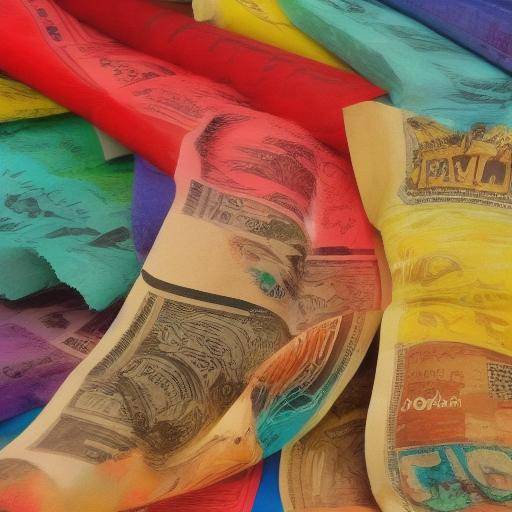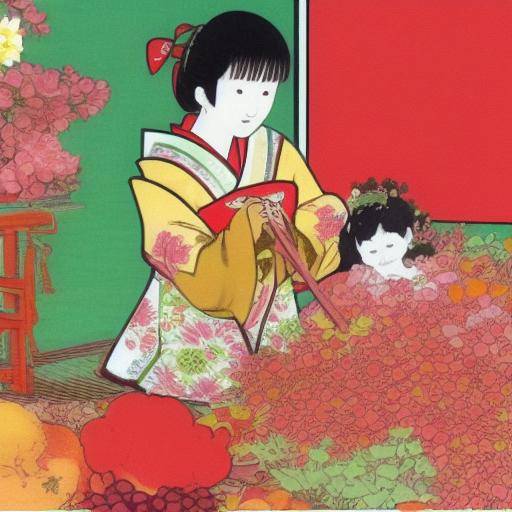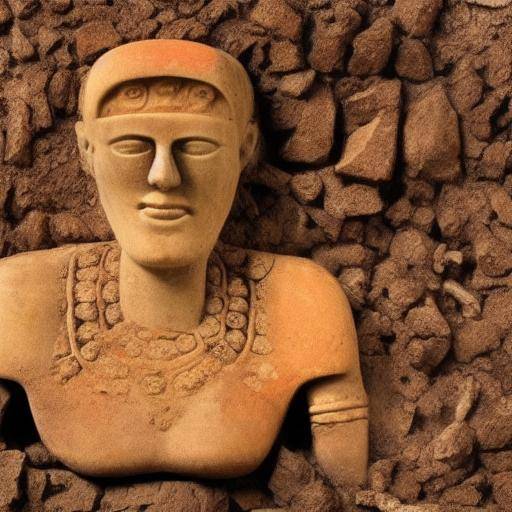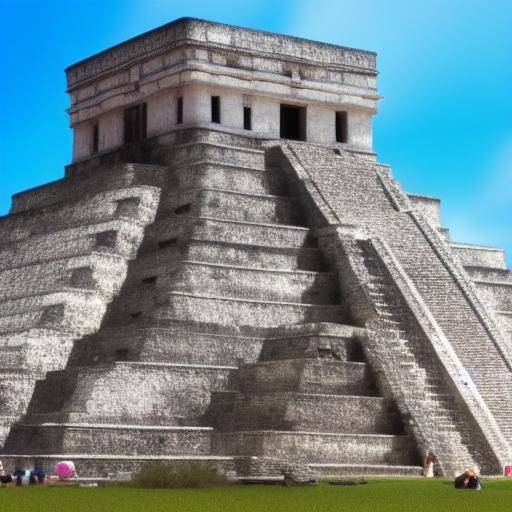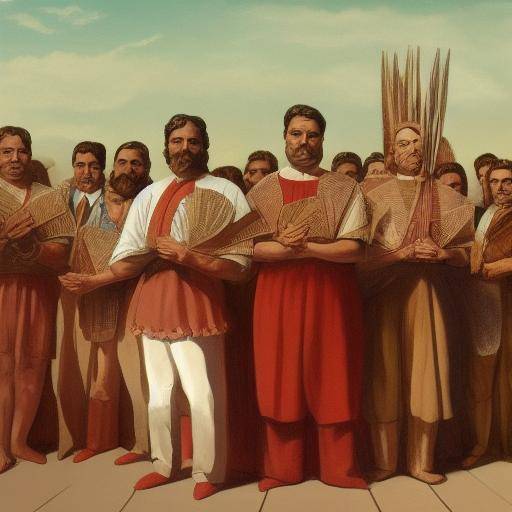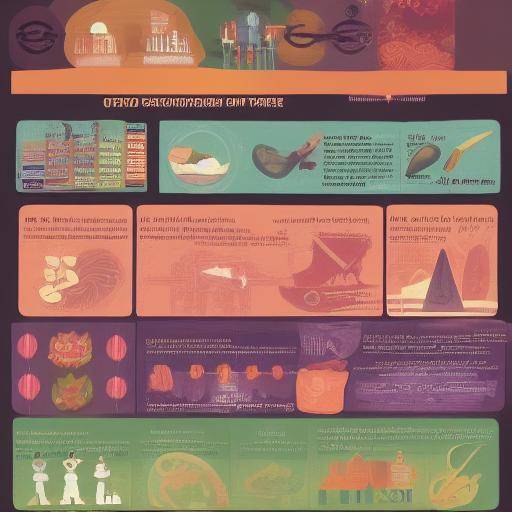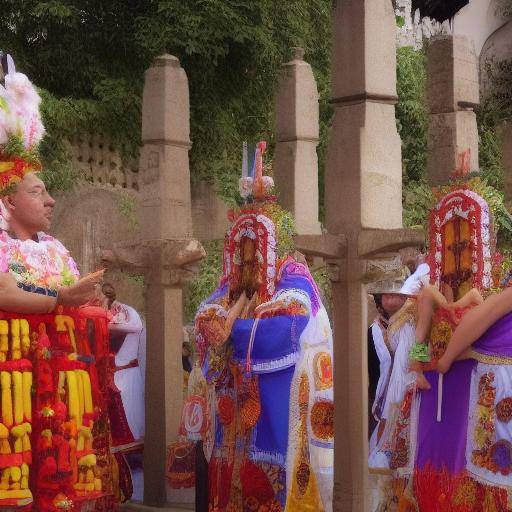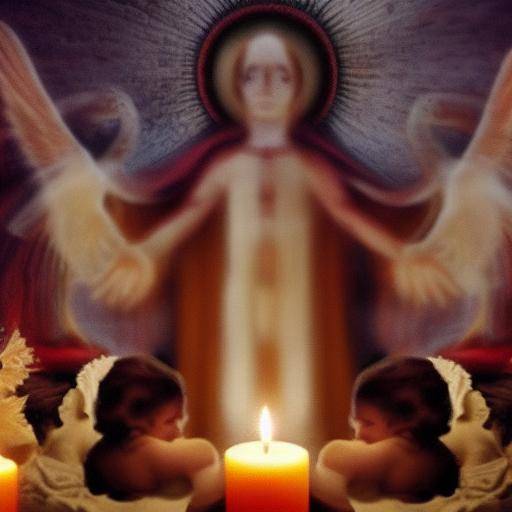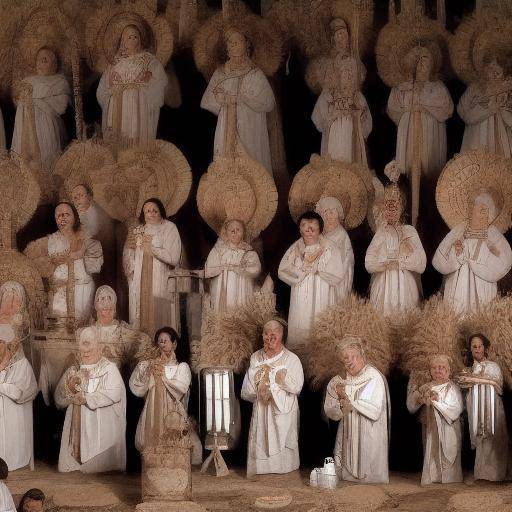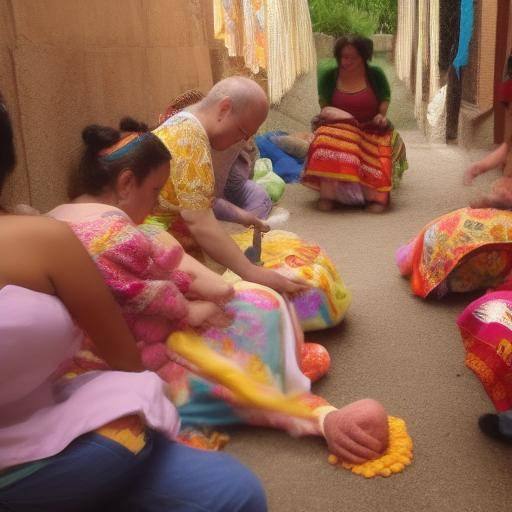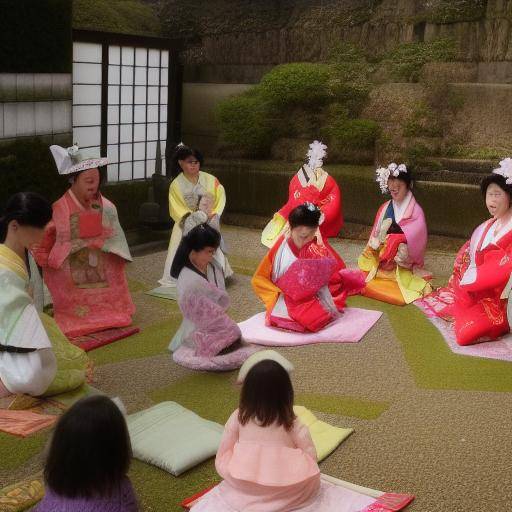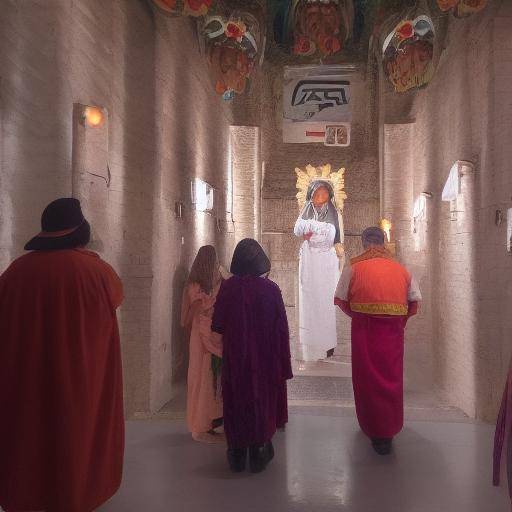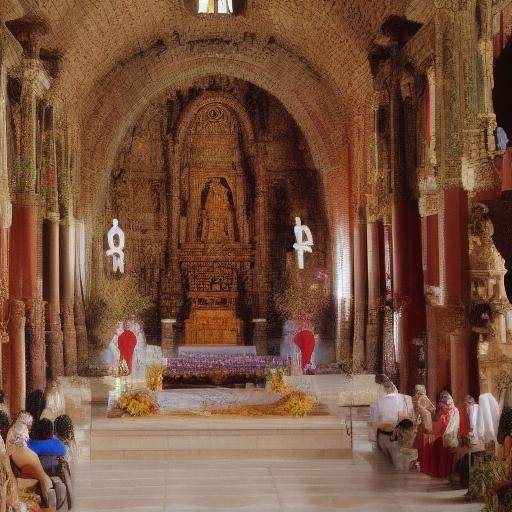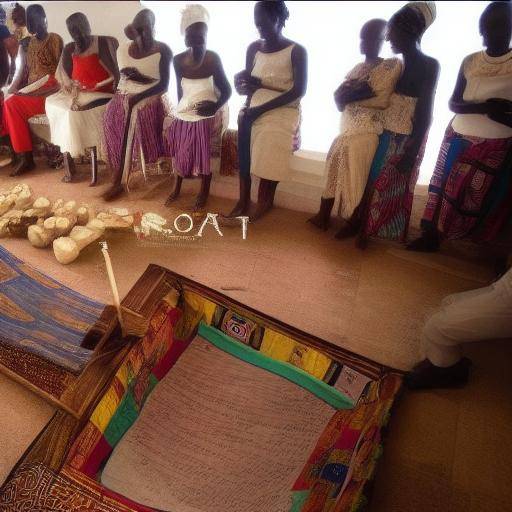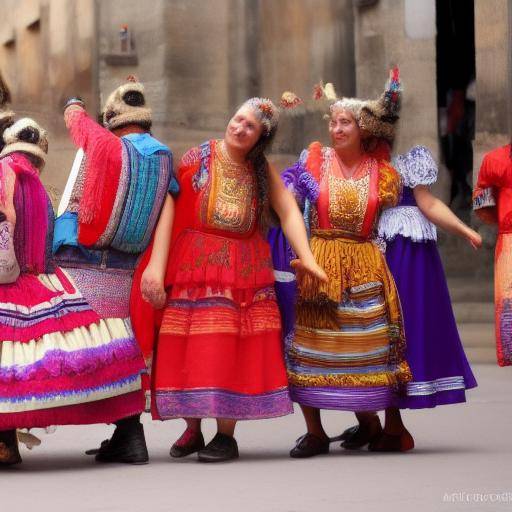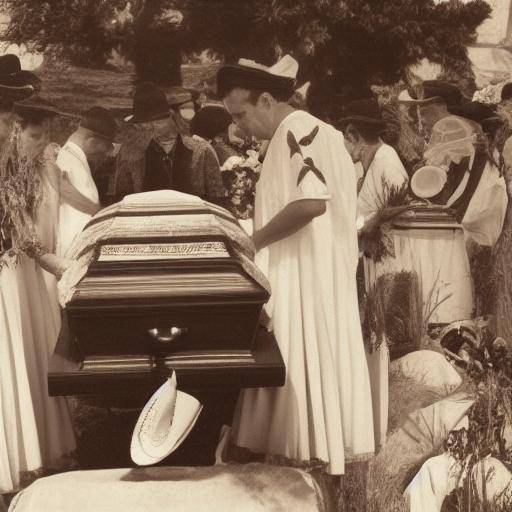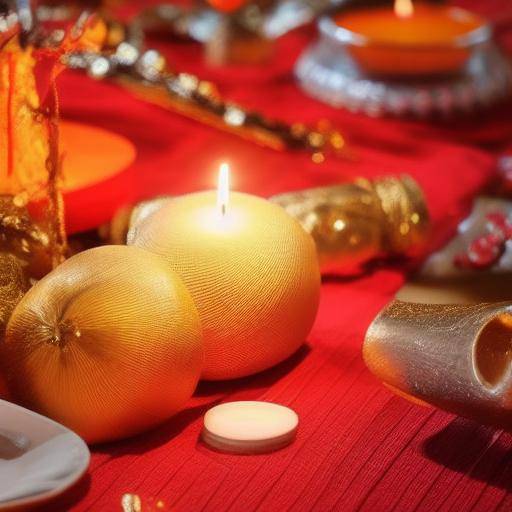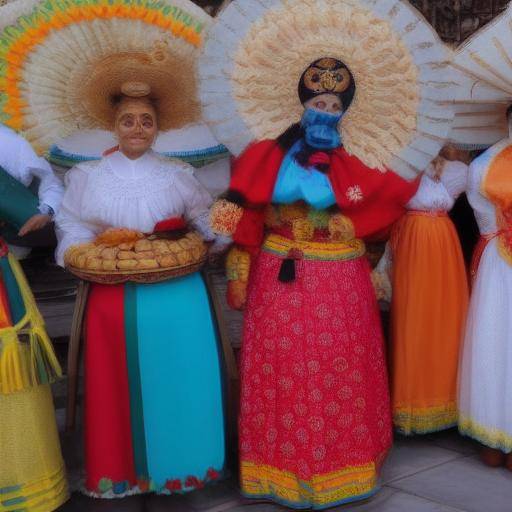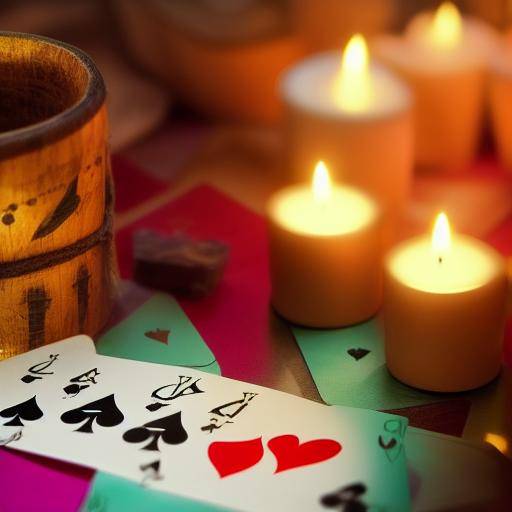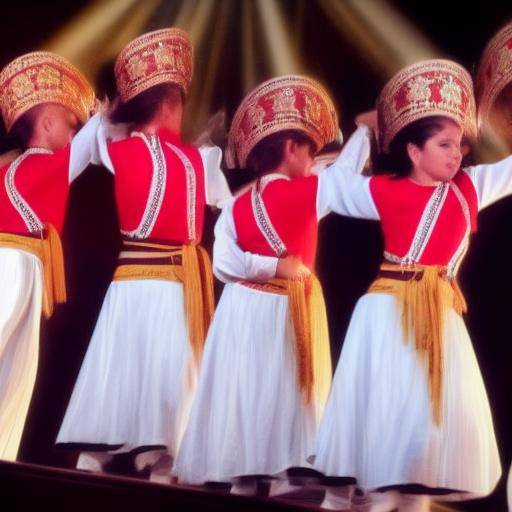
In the various cultures around the world, dances have played a fundamental role in artistic, social and spiritual expression. Throughout history, musical traditions have been intrinsically linked to dances, enriching the cultural and social experiences of communities. In this article, we will explore the profound meaning of dances within musical traditions, analyzing their historical relevance, their impact on contemporary society, and the future perspectives of these forms of expression. If you have ever felt intrigued by the magic of dances in musical traditions, this article will provide you with an enriching and informative vision!
Introduction
The Love of Dances and Musical TraditionsMusical dances and traditions have been an integral part of human life for centuries. These forms of cultural expression not only entertain, but also convey a profound historical, social and spiritual meaning. In this article, we will enter the wonderful world of dances in musical traditions to understand its importance, evolution and role in today's society.
What You Will Learn in This Article
- The intrinsic relationship between dances and musical traditions.
- The historical and cultural evolution of dances in different cultures.
- The meaning and social, artistic and spiritual importance of these expressions.
- Current and future trends in the world of musical dances and traditions.
Get ready to explore an exciting journey that will take you through the vibrant traditions of dances and music!
History and Background
Dances in musical traditions have their roots in ancient times, where communities used music and dance as an integral part of their rituals, celebrations and artistic expression. From flamenco dance in Spain to Bharatanatyam in India, each culture has developed its own forms of dance that reflect its history, beliefs and values.
Origins and DevelopmentThe first manifestations of dances in musical traditions go back to ancient civilizations, where they were used to commemorate important events, honor the gods, or simply celebrate the joy of being alive. These dances evolved over time, influencing and being influenced by different cultures, resulting in a spectacular diversity of styles and expressions.
Anecdotes and Historical CasesAn outstanding example of the influence of dances in musical traditions is flamenco in Andalusia, Spain. Surged from the fusion of diverse cultures, including the Muslim, Jewish and gypsy, flamenco is an art that combines music, singing and dancing, and has been recognized as an Intangible Cultural Heritage of Humanity by UNESCO.
Deep analysis
Benefits and ChallengesDances in musical traditions not only represent a form of entertainment, but also offer a number of benefits for physical and mental health. Dance is a form of exercise that can improve physical condition, coordination and balance, as well as promote emotional well-being. However, it also faces challenges, such as the preservation of traditions in a constantly changing world.
Trends and StatisticsAt present, dances in musical traditions have experienced a rebirth, with a growing interest in preserving authentic forms of cultural expression. Studies have shown that participation in dance activities with traditional music can promote social cohesion and the sense of cultural identity in communities.
Comprehensive review
Applications and Best PracticesDances in musical traditions have been used in a wide range of contexts, from religious ceremonies to stage shows and cultural festivals. Efforts are currently under way to integrate traditional dances into education and promote their value as a living cultural heritage.
Future OutlookThe future of dances in musical traditions is promising, as these forms of expression continue to evolve and adapt to contemporary realities. We are likely to see a greater emphasis on preserving traditions, as well as on creative innovation that allows traditional dances to remain relevant in modern society.
Comparative analysis
Comparison of Dances and Musical TraditionsMusical dances and traditions vary significantly worldwide, reflecting the cultural diversity and historical heritage of each region. From the Argentine tango to the dance of the lion in China, each form of dance carries with it its own meanings, characteristic movements and unique cultural contexts.
Practical Tips and Accessible Tips
Tips for Exploring Musical Dances and Traditions
- Find traditional dance classes in your community and immerse yourself in artistic and cultural experience.
- Investigate the history and cultural context of a specific dance to better understand its meaning and relevance.
Industrial Perceptions and Expert Reviews
Reflections of ExpertsLaura Gómez, flamenco dancer and dance teacher: "The dances in musical traditions have an emotional and cultural wealth that transcends time. It is crucial to preserve and promote these forms of expression to enrich our lives and honor our roots. "
Case Studies and Practical Applications
Examples of Real Life ApplicationsThe Asante music and dance festival in Ghana, where Adowa dance takes place, offers a remarkable example of how musical traditions and dances can unite the community in celebration and cultural expression.
Future Trends and Predictions
Prognostics for the FutureDances in musical traditions are expected to remain a source of inspiration and cultural identity in the future, especially as communities seek to keep their heritages alive and to transmit them to future generations.
Conclusion
In conclusion, dances in musical traditions represent an invaluable treasure of artistic and cultural expression throughout the world. From its profound historical significance to its current impact, these forms of expression continue to enrich our lives and connect communities through the universal language of music and movement.
Frequently asked questions
1. What is the importance of preserving dances in musical traditions?
Preserving dances in musical traditions is fundamental to preserving cultural diversity, transmitting historical heritage and strengthening the identity of communities.
2. How can I learn more about dances and musical traditions from different cultures?
Explore cultural festivals, attend traditional dance shows, and search for online resources that provide detailed information about different forms of dance and musical traditions.
3. What is the impact of dances on contemporary society?
Dances in musical traditions play a crucial role in promoting social cohesion, promoting cultural diversity and preserving the historical legacy.
4. What are some of the most iconic dances in musical traditions?
Some iconic dances include Argentine tango, Chinese lion dance, Spanish flamenco, classical ballet and Indian bharatanatyam, among many others.
5. How can I help preserve dances in musical traditions?
You can contribute by supporting cultural events, participating in traditional dance activities, and spreading awareness about the importance of preserving these forms of expression.
6. What are some of the current trends in dances in traditional music?
Some of the current trends include the fusion of traditional styles with contemporary elements, intercultural collaboration among artists, and the use of dances as a means of protest or social activism.
With a deeper understanding of the meaning of dances in musical traditions, we hope that this article has expanded your appreciation for these forms of cultural expression. From its rich history to its relevance in the current world, dances and musical traditions continue to play a vital role in the fabric of global society.


